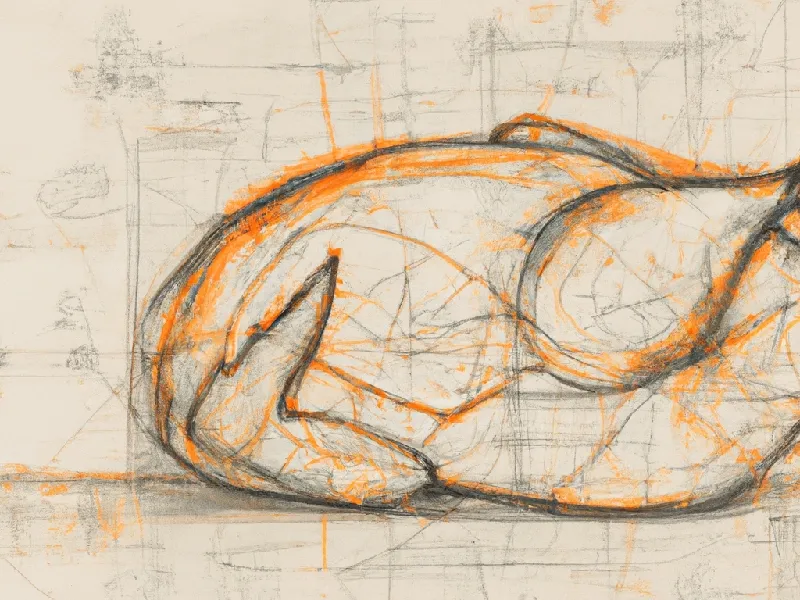
The time it takes to properly roast a whole turkey is proportional to its weight to the ⅔ power.
For a spherical turkey of uniform thermal conductivity and density , a precise formula has been derived:
where the oven is set at and the center of the turkey needs to reach a temperature of from .
The more general ⅔ power law does not depend on unrealistic assumptions about the turkey’s shape or thermodynamic properties; it can be derived from pure dimensional analysis and applied to turkey-shaped meat-based objects by fitting a curve to specific cook times used by chefs.
So whenever I roast a turkey, I find myself digging out my old mathematical modelling textbook to look up the cooking time: at 350℉.